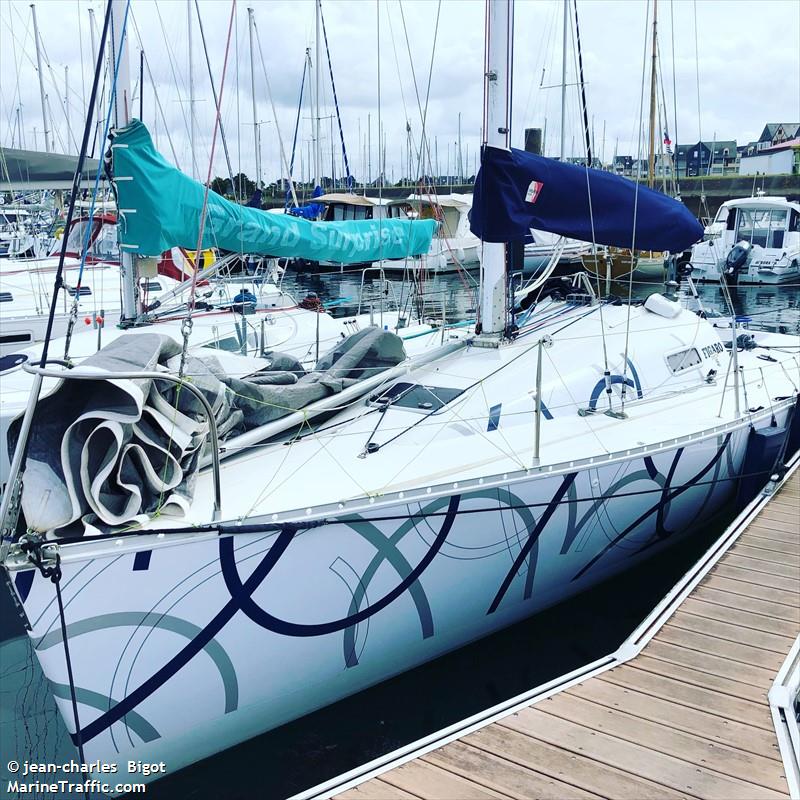One year on, salvors continue to work around the clock to remove the Kea Trader

The challenging task of removing the containership Kea Trader from a rock reef in the south Pacific continues today, exactly one year on from the grounding.
In the year to date salvors have managed the removal of 1,009 cubic metres of heavy fuel oils (HFO), diesel and other lube oils, and more recently oily polluted water; along with 697 of the original load of 782 containers and flat-racks onboard. More recently, 400 tonnes of other materials including furniture, computer equipment, partitions, false ceilings, mooring lines and other potential flotsam have been removed from the wrecked 2017-built vessel. Much of this material was airlifted from the vessel by helicopter given the year-round challenge of sea swells that affect this remote location – 140 nautical miles from the nearest port of Noumea, New Caledonia, and around three hours flight time from the coast of Australia.
The vessel broke into two halves last November as six months of storm force conditions affected the vessel and slowed the onsite work, frequently preventing access to the site. Two cyclones in February and March, followed by persistent storms that lasted until the end of May, also affected the hull structure, moving the forward section on several occasions.
Today, safe access for workers from the Shanghai Salvage Company (SSC) is only possible in favourable weather. Boarding has only been possible 40% of the time since November. The two remaining ship cranes on Kea Trader are no longer in operation and together with a lack of deck space make routine helicopter landings impossible – not least with the forward section listing by 20 degrees and the aft 12 degrees.
Materials are still being removed when conditions permit with SSC concentrating on the collection of residual oily polluted water from pipes, reservoirs and hydraulic circuits; and any other remaining flotsam – 399 cu m of which has been removed to date.
Five empty container shells, one damaged during heavy seas, remain on top of the forward section. Another eight of the original 782 containers and flat-racks remain below deck in the flooded cargo hold one but are believed to be damaged. Cargo hold 5, in the aft section of the vessel, was emptied at an early stage of the salvage operations.
Attention is now switching to the recovery of debris on the reef that detached during the storms. This follows completion of a new independent bathymetric survey to determine current surface conditions and the precise location of debris, enabling shallow work vessels to move around the rock hard reef for divers to collect the metal fragments.
Airbags have been used to remove larger pieces of hull structure off the reef bed and onto the 19,000 dwt Ju Li, a logistics support and command platform that is now coordinating SSC operations on site. This work will continue and escalate over the coming months with the return of more favourable weather.
The materials and debris currently being recovered will be recycled by local businesses in New Caledonia.
Plans for recovering more substantive pieces of hull from the reef bed are well advanced, with the intention to mobilise new heavy resources with heavy lift capabilities – the design of which is subject to complex engineering studies and final approval by the authorities. It forms part of a revised methodology for removing the vessel, which has been required given its changing condition and is aimed to provide safeguards to the local environment.
Four offshore vessels continue to work on site, whilst also monitoring the ocean for any floating debris and pollutants.
The vessel’s vertical fracture last November and subsequent storm damage did release a quantity of material that washed ashore in New Caledonia and the Loyalty Islands. In the 12 months to date this has included less than one cubic metre (585 kg) of tar balls and a further 18 tonnes of mostly polyurethane insulating material, plus pieces of containers and carpet – the volume of which has diminished in the last two months.
Some 650 fully trained members of the local community, employed as contractors for the owner, Lomar Shipping, have collected any debris that has washed ashore – committing over 26,000 hours inspecting beaches in often remote and isolated areas across New Caledonia and the Loyalty Islands.
A 2,194 teu capacity container ship, the Kea Trader was delivered in January 2017 at the Guangzhou Wenchong Shipyard in China. It had been sailing from Papeete, in French Polynesia, to Nouméa in New Caledonia, loaded with 782 container units and flat-racks, when it ran aground on July 12 last year.

 from a rock reef in the south Pacific continues today, exactly
from a rock reef in the south Pacific continues today, exactly